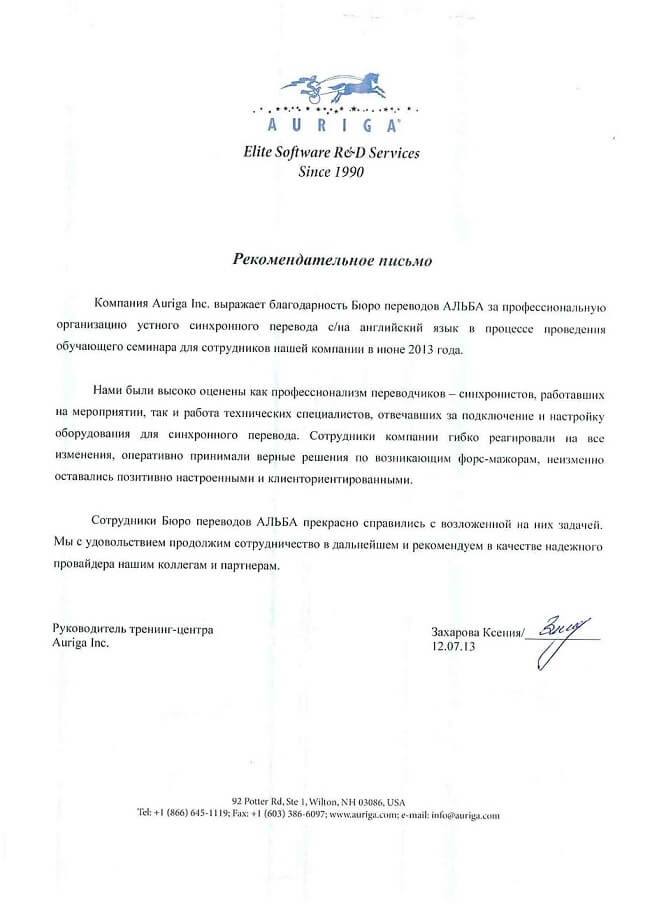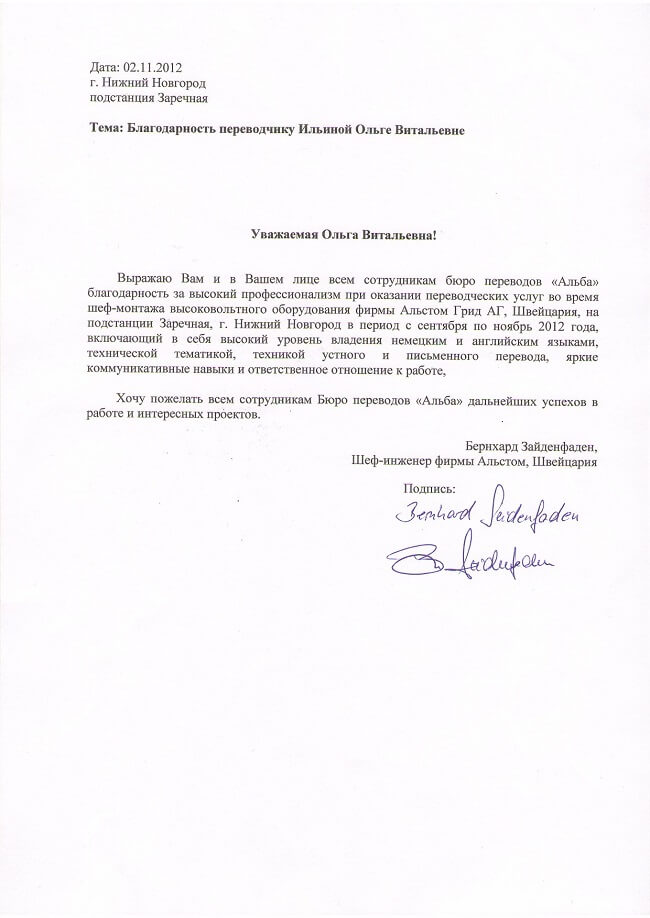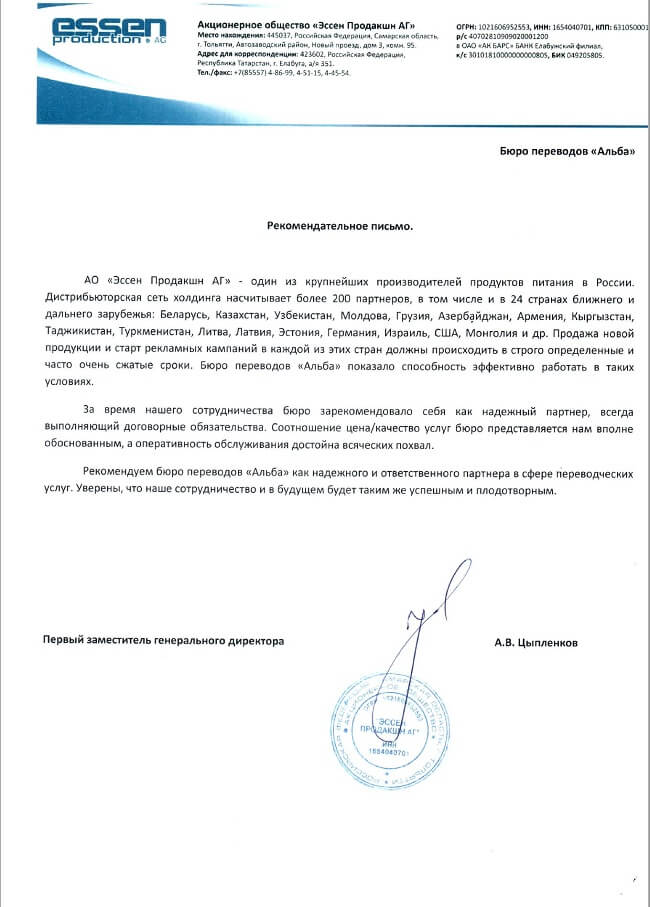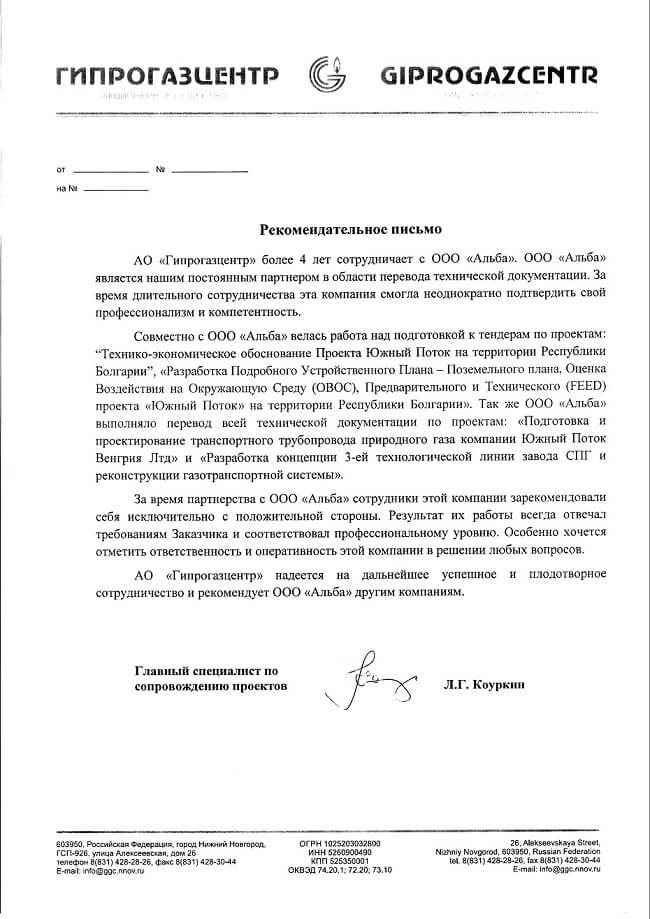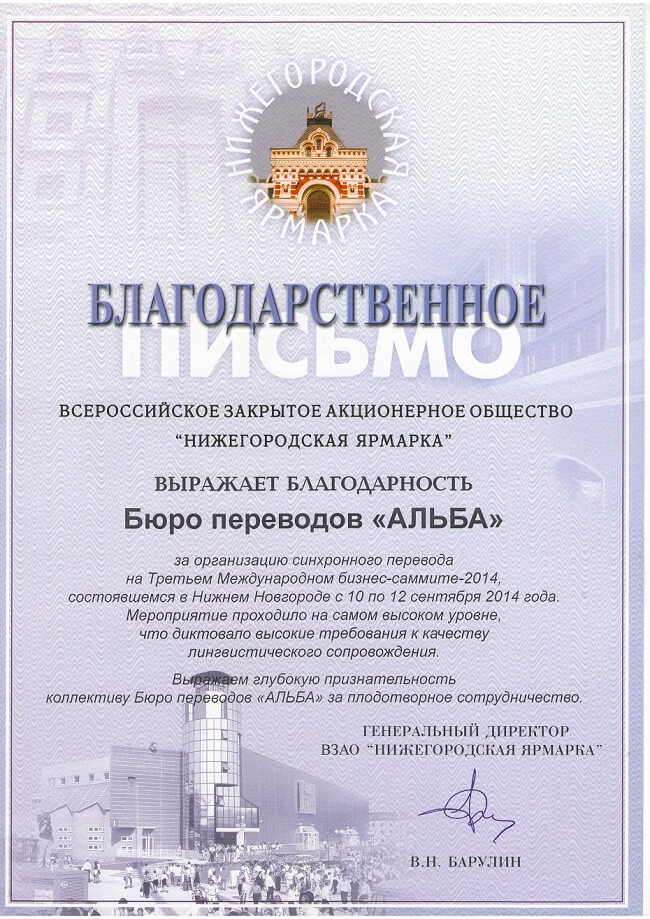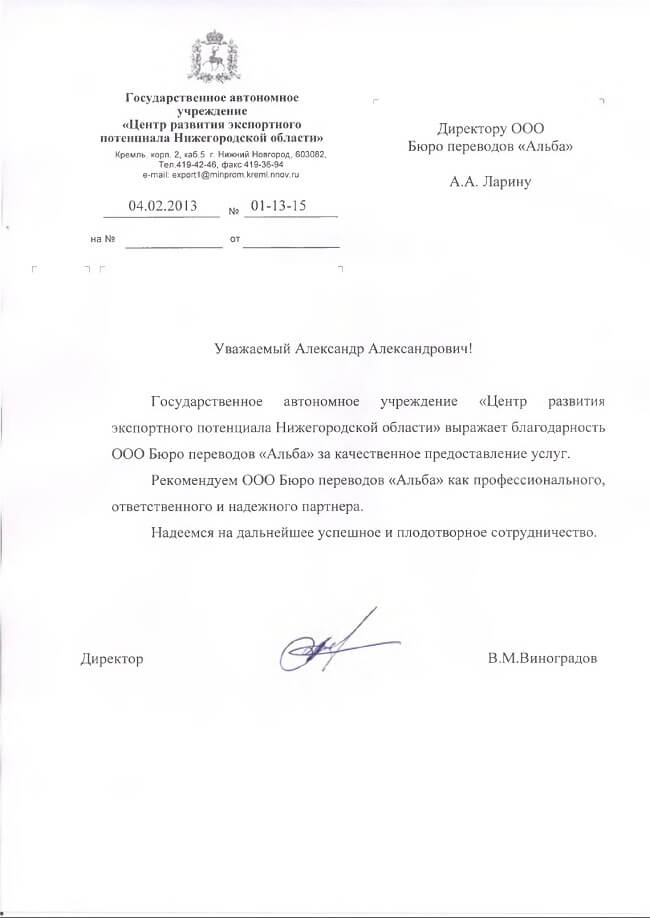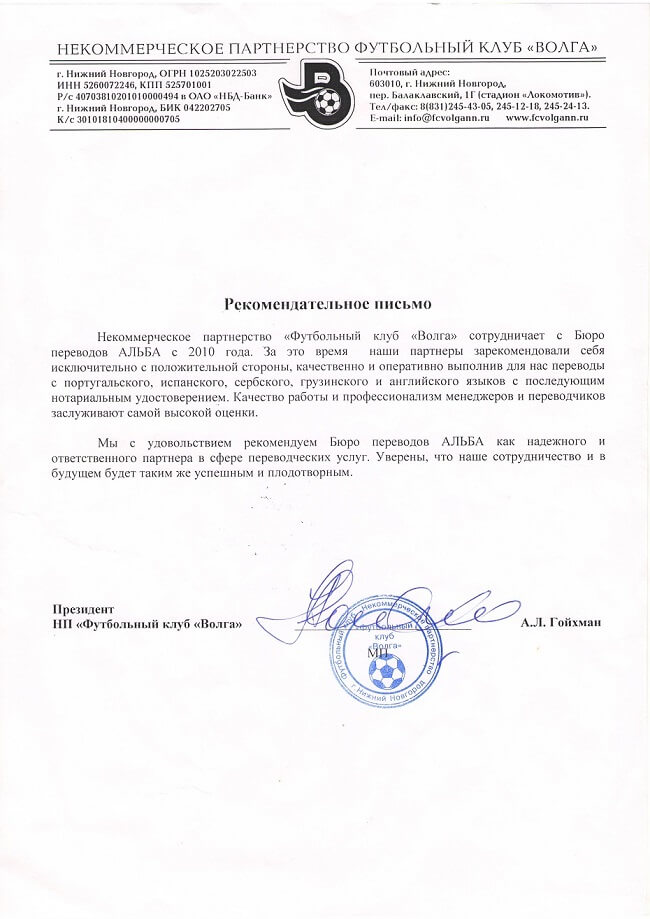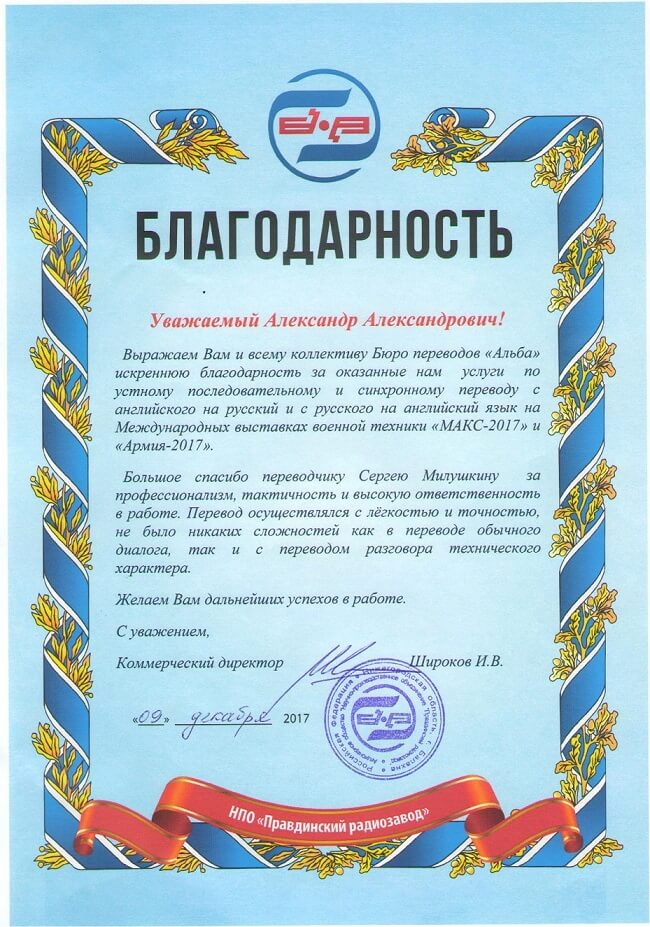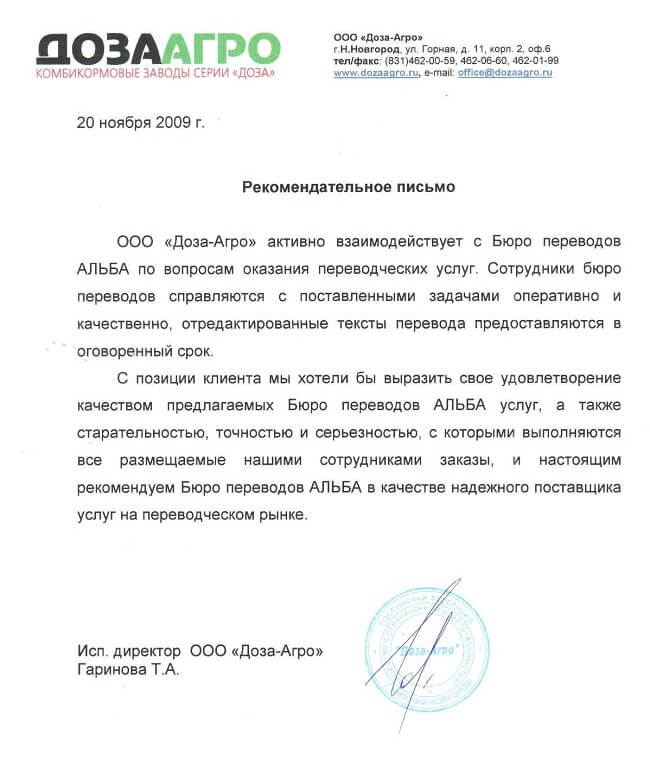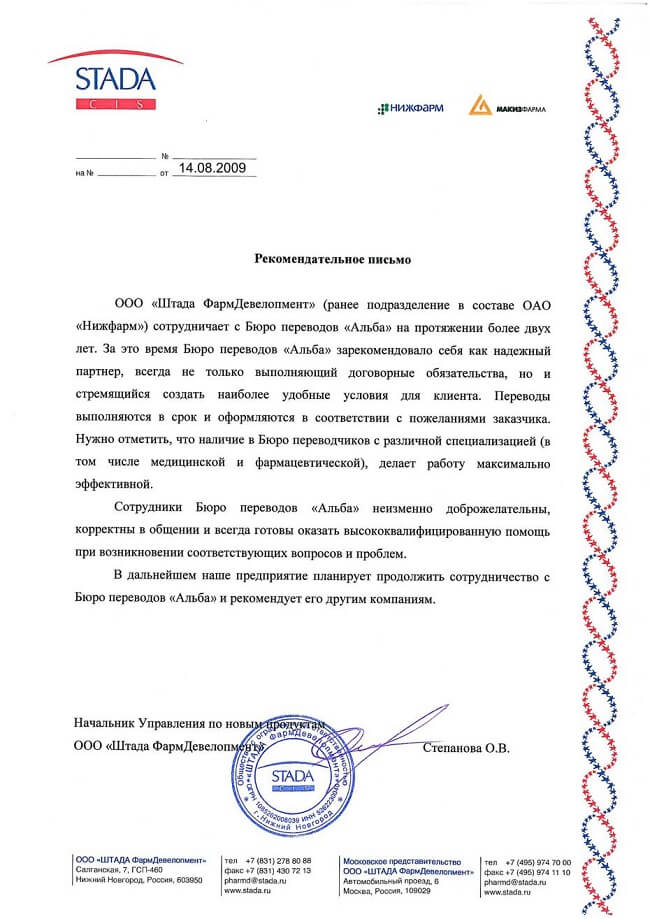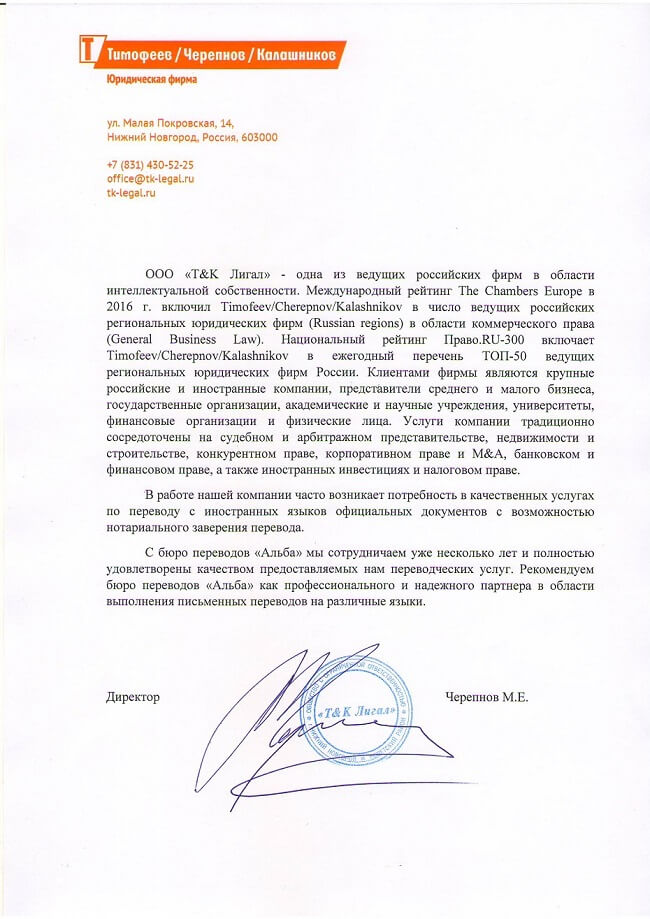Gender Specificity of Communicative Strategies in English Translations of the Poetry by A. Akhmatova
Севостьянова Мария Анатольевна — Ассистент кафедры иностранных языков, Севастопольский государственный университет, Севастополь, Россия
Theoretical analysis of the researched problem led to the following results. First of all, it was established that gender is the social sex of people determining their behaviour and role in society.
Gender differences are reflected in gender stereotypes which mean socially expected qualities and characteristics of men and women. They contain normative patterns of behaviour traditionally ascribed to people of male and female sex, reflect generalized opinions of people about gender differences and depend on culture.
Secondly, the question of the connection between gender and language was studied. Under the influence of postmodernism the main function of language became the reflection of cognitive part of consciousness which is influenced by such factors as age, sex, education etc. So the connection between gender and language is obvious but the question about their influence on each other is still opened.
Thirdly, gender differences reveal themselves not only in behaviour and social roles but also in speech and in communicative behaviour in general. The analysis of works of O. Jespersen [1], E. Goroshko [4], R. Lakoff [2], P. Smith, T. Bendas [3] shows that the differences between man’s and woman’s speech exist in lexical, morphological, syntactical, stylistic and psycholinguistic organizations of the text (Table 1).
Table 1. The differences in male and female speech
|
Criteria |
Speech |
||
|
Male |
Female |
||
|
Lexis |
- the use of neologisms, professionalisms, archaisms; - abstract lexis; - the use of oaths and vulgarisms |
- every day lexis, borrowings; - words describing feelings and emotions; - the use of affective lexis |
|
|
Grammar |
Morphology |
- neutral adjectives; - the use of interjections ‘Oh’, ‘well’, ‘so and’, ‘Oh, my Lord’, and ‘filler’-words ‘Yeah, right’; - preference for the modal verb ‘can’ instead of ‘may’; - the use of verbs in active voice |
- double, emotionally coloured adjectives; - the use of interjections ‘Good heaven’, ‘my goodness’, ‘oh dear’; - the use of verbs in passive voice; - the use of modal verbs in past forms, ‘to be’ instead of ‘must’; - the use of abbreviations, dimunitive suffixes, adverbs with ‘ly’ |
|
Syntax |
- predominance of complex sentences; - the use of quotations and foot-notes |
- predominance of compound sentences; - frequent use of tag-questions, personal questions; - the use of constructions ‘I wonder if’, ‘It seems to me’, ‘My impression is’; - exclamatory sentences |
|
|
Stylistics |
- rare use of stylistic devices |
- frequent use of stylistic devices |
|
|
Psycholinguistic connections of language units in the text |
- predominance of paradigmatic associations (analytical; linguistic) |
- predominance of syntagmatic associations (communicative; speech) |
|
|
In general |
- instrumentality |
- emotionality, expressiveness |
|
Finally, the main difficulties in translating Russian poetry were found out. They are high lexis, rhyme, free word order, some stylistic means and devices, and the information of the text. The choice of communicative strategies is influenced by several factors, and gender is one of them.
The results of the empirical analysis of gender specificity of English translations of the poetry by A. Akhmatova showed a few differences in morphological, stylistic and psycholinguistic organizations of the texts (Table 2).
Table 2. Gender specificity in translations of poetry by A. Akhmatova
|
Form of the text organization |
Specificity of translations |
||||||
|
«Муза» |
«Сжала руки под темной вуалью…» |
V часть поэмы «Реквием» |
|||||
|
L. Coffin |
E. Gillan |
C. Bryce |
A. Kneller |
H. Smith |
T. Kline |
||
|
Morpho-logical |
Predomi-nance of verbs and verbal forms |
Predomi-nance of adjectives |
Predomi-nance of possessive adjectives and infinitives |
Predomi-nance of adjectives, participles, pronouns |
Predomi-nance of verbs and pronouns |
Predomi-nance of adjectives, gerunds, adverbs, numerals |
|
|
Stylistic |
Phonetics |
Alliteration of sounds [ |
Non- |
Non- |
Observance of rhyme |
Non- |
Observance of rhyme |
|
Lexis |
Additional epithet |
Additional epithets and metaphor |
Observance of original tropes |
More epithets |
Observance of original tropes |
More epithets |
|
|
Syntax |
Rhetorical questions |
Observance of original tropes |
New ellipsis, no rhetorical question, saving anaphora |
Original ellipsis, saving of rhetorical question |
No ellipsis |
Partial transfer of ellipsis |
|
|
Psycholinguistic |
Subjectivity |
Subjectivity |
Subjectivity |
Original idea |
Original idea |
Subjectivity |
|
The morphological analysis showed unusual results. Men tend to describe the events by using adjectives and participles, and women tend to action by using verbs and infinitives.
The stylistic analysis showed the differences on phonetic, lexical and syntactical layers. Phonetic peculiarities of the original text (rhyme and alliteration) were reproduced better in men’s translations. On lexical layer men tend to add new stylistic devices, which are not presented in the original text. The syntactic peculiarities were reproduced also better in male translations.
On the last stage the comparative analysis of psycholinguistic organization was made. It showed that subjectivity depends on the idea of the original text. Gender neutral theme of inspiration was conveyed with same differences by man and woman. The poem about love was conveyed subjectively by woman only, and the poem about motherhood was changed by man.
So, the results of the comparative analysis of gender specificity of communicative strategies in English translations of the poetry by A. Akhmatova allow us to make a conclusion that male translations tend to use the strategy of translation by itself, meanwhile women tend to use tertiary translation which means the use of subjectivity. These results prove the emotionality of women and instrumentality of men.
References
1. Jespersen O. Language: Its Nature, Development and Origins. L.: Allen and Unwin, 1922.
2. Lakoff R. Language and Woman`s Place // Language in Society. N. Y.: Harper&Row, 1975. No. 2.
3. Бендас Т. В. Гендерная психология: Уч. пос. СПб.: Питер, 2005. 432 с.
4. Горошко Е. И. Differentiation in Male and Female Speech Styles // Research Support Scheme Network Chronicle. 1998. № 6. 108 с.
5.














